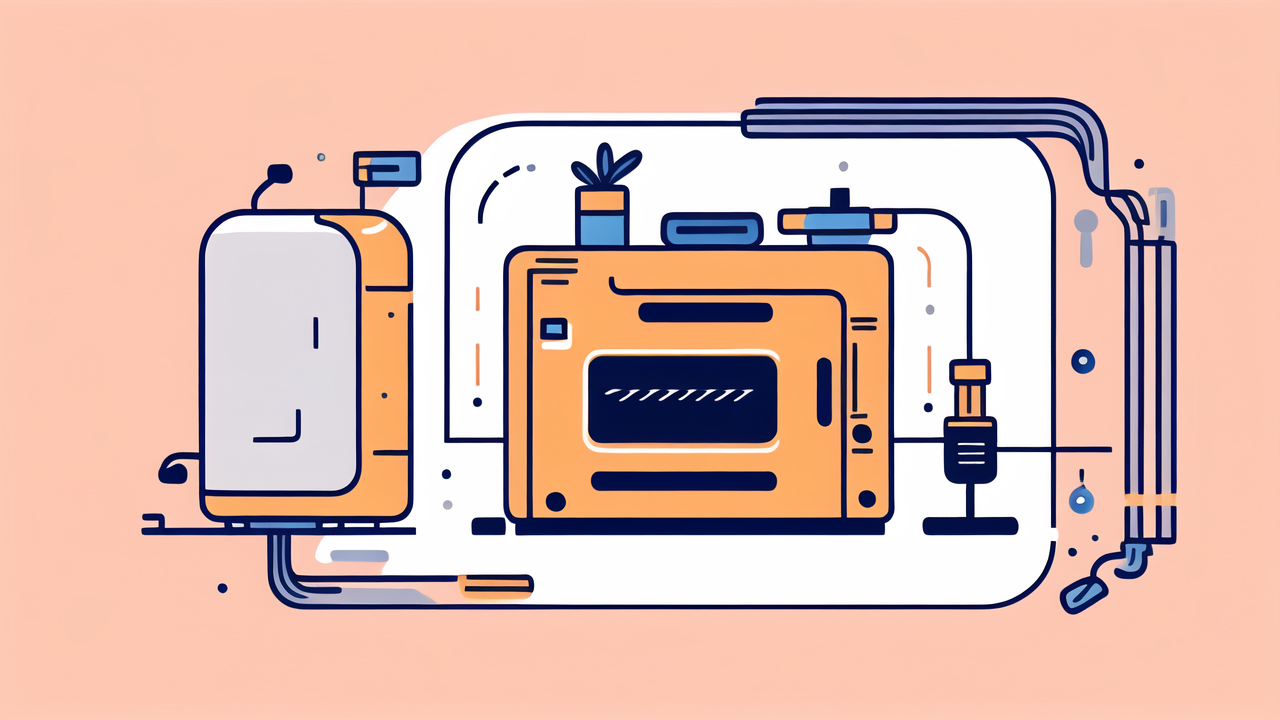
The Ultimate Guide to Car Bottle Warmers: Keep Your Baby's Milk at the Perfect Temperature
Understanding the Need for Bottle Warmers in a Car Environment
Why Milk Temperature Matters for Baby Health
Milk temperature is crucial for your baby's health and comfort. Warm milk is easier for babies to digest. It also mimics the natural temperature of breast milk. Cold milk can upset a baby's stomach. It may lead to discomfort and fussiness. Warm milk also helps babies feel more satisfied after feeding. This can lead to better sleep patterns. However, milk that's too hot can burn your baby's mouth. It's important to find the right balance. Car bottle warmers help maintain this ideal temperature.

The Impact of Travel on Baby's Milk Intake
Travel can disrupt your baby's feeding routine. Long car rides often mean unexpected delays. Your baby might get hungry at odd times. Without a way to warm milk, you might resort to giving cold bottles. This can lead to feeding refusal. Your baby may not drink enough, risking dehydration. Car bottle warmers solve this problem. They allow you to warm milk on the go. This helps maintain your baby's feeding schedule. It ensures your little one stays well-fed and happy during travel.
Safety Concerns with Cold Milk
Cold milk poses several safety risks for babies. First, it can cause stomach upset. This may lead to vomiting or diarrhea. Cold milk also doesn't mix well with formula powder. This can result in clumps that may choke your baby. Additionally, cold milk may mask signs of spoilage. Warm milk makes it easier to detect if it has gone bad. Lastly, drinking cold milk can lower a baby's body temperature. This is especially risky for newborns. Car bottle warmers help avoid these safety issues.
Selecting the Right Car Bottle Warmer
Features to Look for in a Car Bottle Warmer
When choosing a car bottle warmer, consider these key features:

- Heating speed: Look for warmers that heat milk quickly.
- Temperature control: Ensure it doesn't overheat the milk.
- Size and compatibility: It should fit in your car and work with your bottles.
- Power source: Choose between plug-in or battery-operated models.
- Safety features: Auto shut-off is important to prevent overheating.
- Ease of use: One-handed operation is helpful while driving.
- Cleaning: Opt for models that are easy to clean and maintain.
- Durability: It should withstand frequent use and travel.
These features will help you find a warmer that meets your needs.
Comparing Top-Rated Car Bottle Warmers
Here's a comparison of some popular car bottle warmers:
- Munchkin Travel Car Baby Bottle Warmer:
- Heats quickly
- Fits most car cup holders
- Digital display for easy monitoring
- Tommee Tippee Travel Bottle and Food Warmer:
- No electricity needed
- Compact and portable
- Keeps water warm for hours
- Papablic Mini Portable Travel Baby Bottle Warmer:
- USB rechargeable
- Compact design
- Suitable for breast milk and formula
- BabyX Fast Bottle Warmer for Car:
- Rapid heating
- Temperature control
- Fits various bottle sizes
Compare these options to find the best fit for your needs and budget.
Installation Tips: Maximizing Your Car Bottle Warmer's Efficiency
To get the most out of your car bottle warmer:
- Place it within easy reach of the driver or passenger.
- Ensure it's securely fastened to prevent spills.
- Keep it away from direct sunlight to maintain consistent heating.
- Use a power inverter if your warmer needs a standard outlet.
- Pre-warm the warmer before long trips.
- Always follow the manufacturer's instructions for use.
- Test the temperature before feeding your baby.
- Clean the warmer regularly to prevent buildup.
These tips will help you use your car bottle warmer safely and effectively.
Maintaining Your Car Bottle Warmer for Longevity
Regular Maintenance Checks
To keep your car bottle warmer in top shape:

- Clean it after each use to prevent milk residue buildup.
- Check the power cord for any damage regularly.
- Inspect the heating element for signs of wear.
- Test the temperature settings periodically for accuracy.
- Ensure all parts are dry before storage to prevent mold.
- Check and clean any filters monthly.
- Calibrate the thermostat if your model has one.
- Keep the exterior clean to prevent dirt from entering the device.
Regular maintenance will extend the life of your car bottle warmer.
Troubleshooting Common Car Bottle Warmer Issues
If you encounter problems with your car bottle warmer:
- Not heating: Check the power source and connections.
- Overheating: Clean the thermostat or consider a replacement.
- Uneven heating: Stir the milk and check for heating element issues.
- Strange smell: Clean thoroughly or check for electrical problems.
- Leaking: Inspect seals and tighten any loose parts.
- Slow heating: Descale the warmer or check the power supply.
- Auto shut-off not working: Clean sensors or contact manufacturer.
- Noisy operation: Look for loose components or fan issues.
If problems persist, consult the user manual or contact customer support.
Upgrading and Replacement Considerations
Consider upgrading or replacing your car bottle warmer if:
- It's more than 2-3 years old.
- You're experiencing frequent malfunctions.
- New models offer better features or efficiency.
- Your family's needs have changed (e.g., multiple babies).
- You're unsatisfied with the current heating speed.
- The warmer no longer fits your car or bottle sizes.
- Safety features are outdated or not working properly.
- Repair costs are close to the price of a new unit.
Regularly assess your warmer's performance to decide if it's time for an upgrade.
